The journey to gaining more muscle mass frequently involves weightlifting, a foundational aspect of successful resistance training. It’s essential to know the optimal frequency for engaging in weightlifting to promote muscle development. I often tell my clients inquiring about the frequency of weightlifting for muscle building about the benefits of engaging in this activity for muscle enhancement, suggest an ideal lifting schedule for encouraging muscle growth, and outline a detailed weightlifting plan complete with step-by-step guidance for exercises.
When striving for muscle enlargement through weightlifting, consistency and progression are key. The routine provided serves as a basic guide, but it’s important for individuals to customize their exercise plans to align with their own needs and aspirations. Increasing the challenge gradually and allowing for sufficient rest and recovery are crucial to effectively induce muscle growth. Following a comprehensive weightlifting program diligently can lead you towards the goal of gaining larger muscles.
How is lifting weights beneficial for muscle growth?


Lifting weights helps to grow your muscles by contributing to the following responses:
1. Muscle Fiber Activation
Weightlifting exercises activate various muscle fibers, particularly the fast-twitch fibers, which have a significant capacity for growth. The physical strain from resistance training signals the body to rebuild and strengthen the muscle fibers, culminating in muscle hypertrophy.
2. Hormonal Response
Training with weights triggers the release of key hormones like testosterone and growth hormone, which are essential for muscle development. Lifting optimizes the body’s ability to build and repair muscle tissues through these hormonal responses.
3. Increased Metabolic Rate
Lastly, weightlifting builds muscle to elevate your resting metabolic rate, facilitating fat loss and contributing to a more defined physique.
How often should you lift weights to build muscle?


The frequency of weightlifting for muscle growth varies based on individual factors. As a general guideline, aim for at least three to four weightlifting sessions per week, allowing ample recovery time between sessions while maintaining a consistent stimulus for muscle development.
It’s also important to practice progressive overload to ensure your muscles are being challenged enough to grow. To practice progressive overload, gradually increase the amount of weight you lift every couple of weeks.
Here’s a sample weightlifting workout to boost muscle growth:
Day 1: Upper Body
1. Bench Press
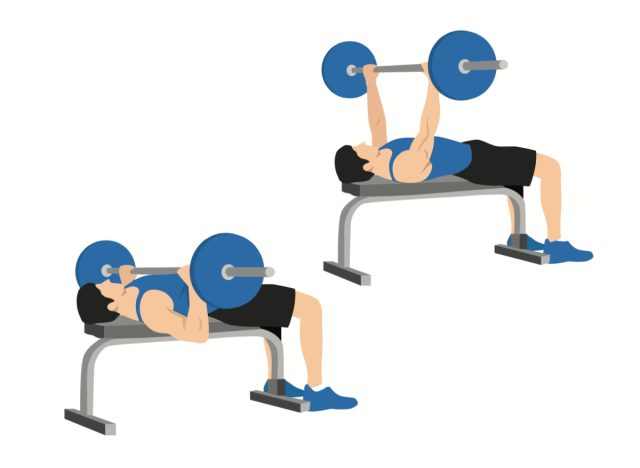

Sit on the bench with your feet flat on the ground. Grip the barbell with your hands slightly wider than shoulder-width apart. Lower the bar to your chest, then push it back up. Complete four sets of eight to 10 reps.
2. Bent-Over Rows
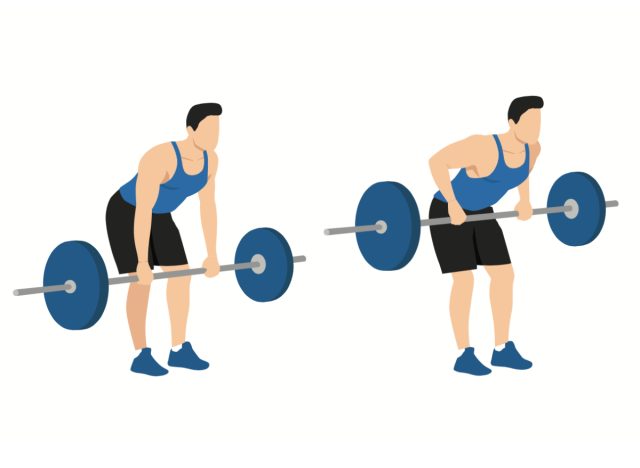

Stand with your feet shoulder-width apart, holding a barbell with an overhand grip. Hinge at the hips, keeping a flat back, and pull the barbell to your lower ribcage. Complete three sets of 10 to 12 reps
3. Overhead Shoulder Press
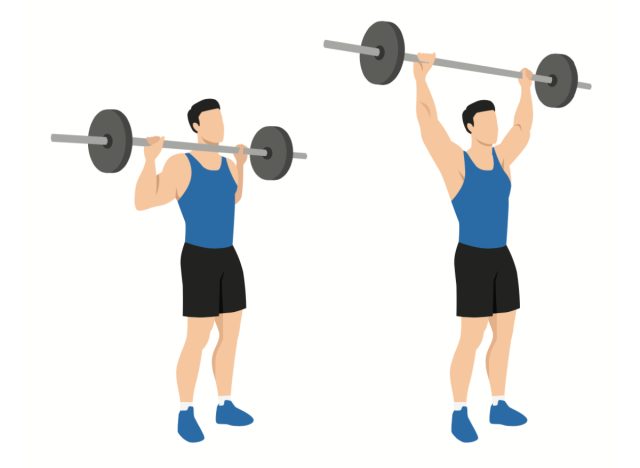

Stand with your feet hip-width apart, and lift the barbell from shoulder height to overhead. Lower it back to shoulder height. Perform three sets of 10 to 12 reps.
Day 2: Rest or Light Cardio
Carve out time to rest so your muscles can recover from your first day of lifting. You can stretch, go for a long walk, practice a gentle yoga flow, or incorporate some light cardio into your day. Be sure to drink lots of water and eat a protein-rich meal.
Day 3: Lower Body
1. Squats
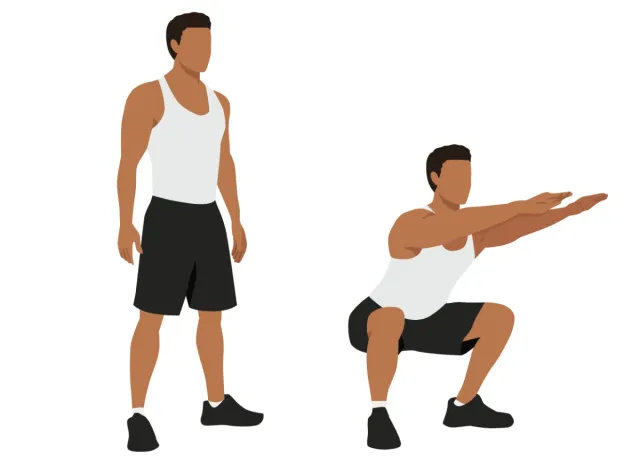

Stand with your feet shoulder-width apart, and lower your body by bending your knees and hips. Keep your back straight and your chest up, then return to the starting position. Perform four sets of eight to 10 reps.
2. Deadlifts
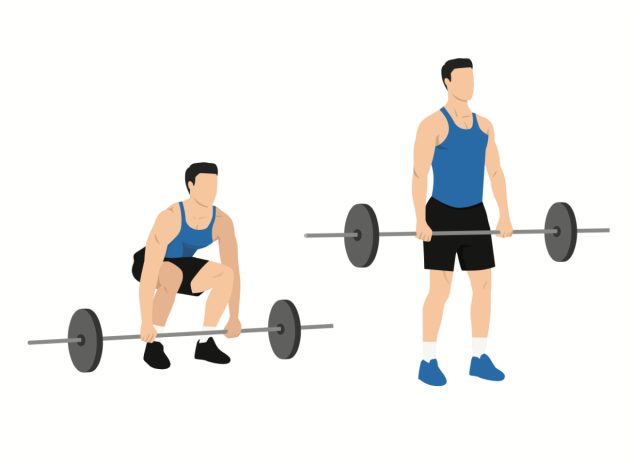

Stand with your feet hip-width apart, and bend at the hips and knees to lower the barbell. Keep the bar close to your body, and stand up straight. Perform three sets of 10 to 12 reps.
3. Leg Press
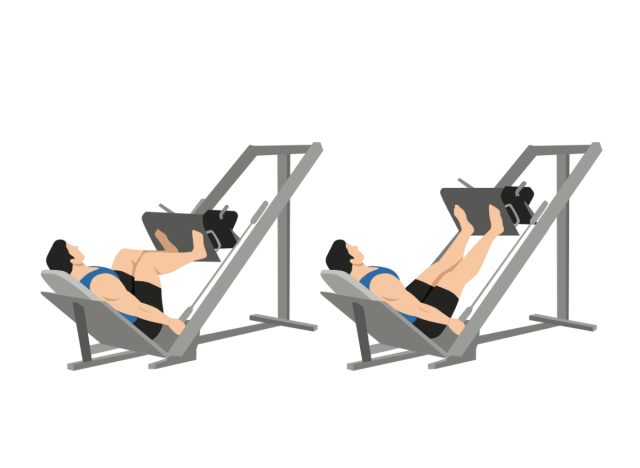

Sit in the leg press machine, and place your feet hip-width apart on the platform. Push the platform away from you, extending your knees. Complete three sets of 10 to 12 reps.
Day 4: Rest or Light Cardio
Take time to rest so your muscles have plenty of time to recover. Once again, you can stretch, head outdoors for a brisk walk, perform a gentle yoga flow, or do some light cardio. Don’t forget to drink lots of water, and consume a protein-packed meal.
Day 5: Full Body
1. Pull-ups or Lat Pulldowns
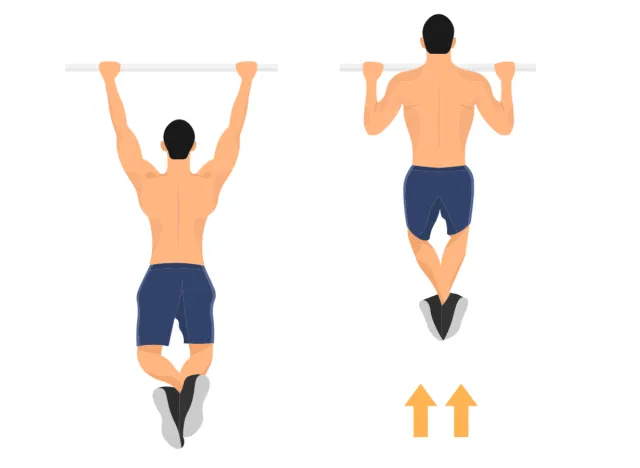

If doing pull-ups, grip the bar with your hands slightly wider than shoulder-width apart, and pull your body up. For lat pulldowns, use a cable machine, and pull the bar down to chest level. Complete four sets of eight to 10 reps.
2. Pushups
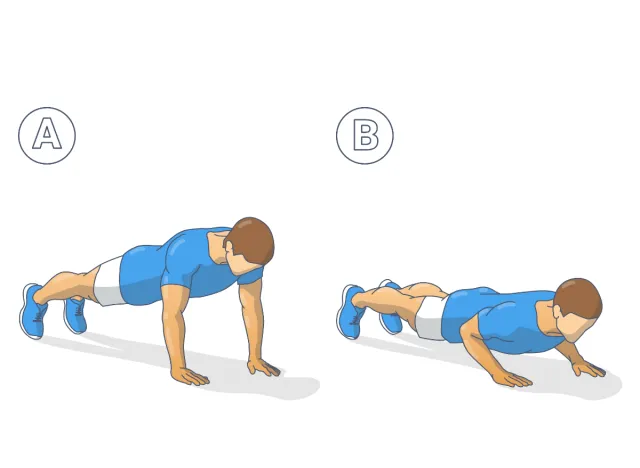

Start in a plank position, lower your body by bending your elbows, then push back up. Perform three sets of 12 to 15 reps.
3. Planks
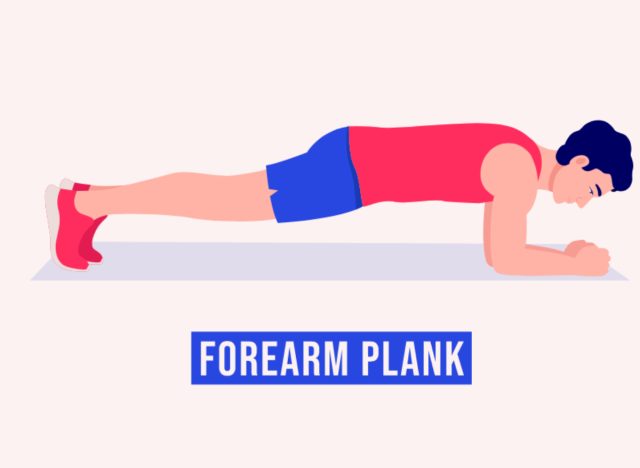

Get into a forearm plank position, keeping your body in a straight line. Hold for 60 seconds. Complete three sets.
Day 6 and 7: Rest or Light Cardio
To round out this weekly routine, on days six and seven, carve out some rest and recovery time. Stretch, take a long walk, or do some yoga. Drink lots of water, and eat a protein-packed meal.
Frequently Asked Questions (FAQs)
How often should I lift weights each week to build muscle?
To effectively build muscle, it’s recommended to lift weights at least 3 to 4 times a week. This frequency allows you to adequately stimulate muscle groups multiple times per week, providing them with the stimulus they need to grow while also allowing for proper recovery time. It’s important to note, however, that individual recovery capabilities and lifestyles may necessitate adjustments to this general guideline.
Can I lift weights every day to speed up muscle growth?
While it might be tempting to lift weights every day to accelerate muscle growth, this approach can actually be counterproductive. Lifting weights every day, especially targeting the same muscle groups, can lead to overtraining, insufficient recovery, and ultimately hinder your muscle-building progress. It’s crucial to allow muscles time to repair and strengthen between workouts. Incorporating rest days or focusing on different muscle groups each day can prevent overtraining and promote healthier, more sustainable muscle growth.
What is the ideal number of sets and reps for muscle gain?
For muscle gain, it’s generally recommended to perform 3 to 6 sets of 6 to 12 repetitions of each exercise. This range is considered optimal for hypertrophy, or muscle growth, because it effectively balances volume (total amount of work done) with intensity (the amount of weight lifted). Adjusting the number of sets and reps within this range based on personal performance and goals can further optimize muscle-building efforts.
Is it necessary to increase the weight I lift to build muscle?
Yes, progressively increasing the weight you lift, commonly referred to as progressive overload, is essential for continuous muscle growth. As muscles adapt to a given weight, they require increased stimuli to continue growing. This doesn’t mean drastically increasing the weight with each session, but gradually adding more weight over time. This approach ensures consistent challenges and adaptations, leading to muscle growth.
How important is rest and recovery in muscle building?
Rest and recovery are as important as the workouts themselves in the muscle-building process. During rest periods, muscles repair the micro-tears caused by weight lifting, leading to muscle growth. Adequate sleep, nutrition, and hydration are crucial components of effective recovery. Neglecting rest can lead to overtraining, increased injury risk, and stalled progress.
Do nutrition and hydration play a role in building muscle?
Absolutely. Proper nutrition and staying hydrated are key players in muscle development. A diet rich in protein, healthy fats, and carbohydrates fuels muscle repair and growth. Consuming enough calories to support your workouts without leading to excessive fat gain is also crucial. Additionally, staying hydrated aids in recovery and overall performance, making it an essential factor for those looking to gain muscle.
Can beginners see rapid muscle growth with weight lifting?
Beginners can often experience rapid muscle growth, commonly known as “newbie gains,” when they start lifting weights. This initial phase allows for significant progress due to the body responding to the new stimulus of weight training. However, it’s essential to begin with a proper routine that focuses on form, technique, and gradual progression to maximize gains while minimizing the risk of injury.







